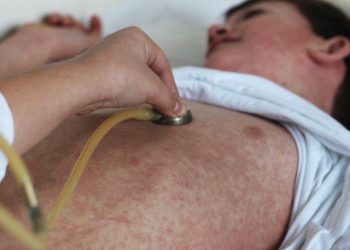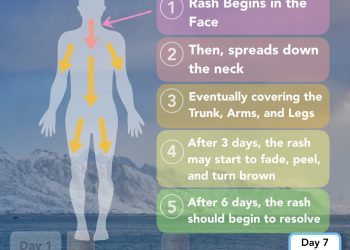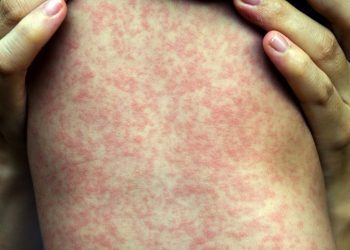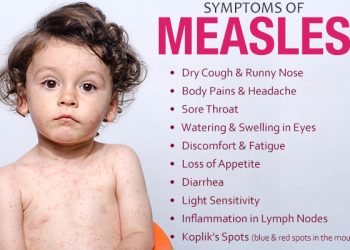Distinguishing Between Measles and a Common Cold
The symptoms of measles vs cold can be deceptively similar during the early stages of infection, especially in children. Both illnesses may present with fever, cough, runny nose, and fatigue, making it difficult for caregivers to distinguish between a benign viral cold and a potentially serious case of measles, a highly contagious viral illness. Understanding their clinical distinctions, symptom timelines, and health implications is essential for early detection and response.
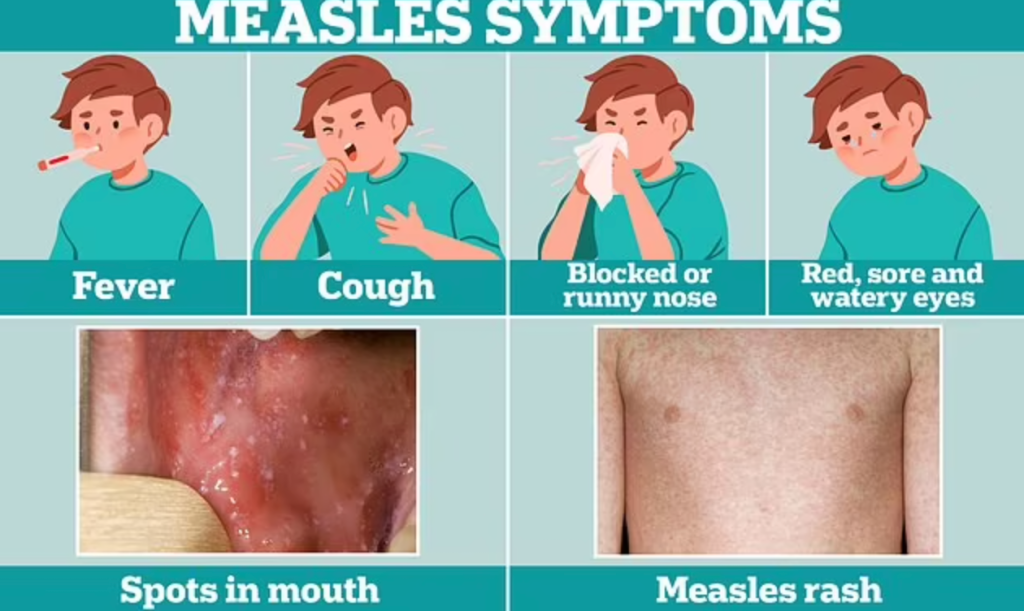
The Cause: Viral Origins and Contagiousness
| Feature | Measles | Common Cold |
|---|---|---|
| Virus | Measles virus (Rubeola) | Rhinoviruses (primarily), Coronaviruses, etc. |
| Transmission | Airborne, highly contagious | Respiratory droplets, less contagious |
| Incubation Period | 7–14 days | 1–3 days |
| Contagious Period | 4 days before and after rash | First 3 days of symptoms |
While both are caused by viruses, measles is significantly more contagious and severe, often requiring medical intervention and reporting to public health authorities.
Timeline of Symptoms: How They Unfold
The measles progression follows a delayed timeline compared to the common cold, which tends to peak and resolve more quickly. The presence of Koplik spots and a descending red rash are hallmark signs unique to measles.
Early Symptom Overlap: Why Confusion Occurs
Common Symptoms in Both Measles and Cold:
-
Runny or stuffy nose (coryza)
-
Dry cough
-
Low to moderate fever
-
Fatigue and irritability
-
Sore throat
-
Loss of appetite
Due to this overlap, especially in the prodromal stage of measles, diagnosis may be delayed. However, measles often presents more systemically and severely, with rapidly escalating fever and visual markers like conjunctivitis and rash.
Key Differentiators: Measles vs Cold Symptoms
| Symptom | Measles | Common Cold |
|---|---|---|
| Fever | High (>101°F / 38.3°C), prolonged | Low-grade, brief |
| Cough | Persistent, dry, worsening | Mild to moderate |
| Nasal Discharge | Watery to mucopurulent | Common, often thick |
| Koplik Spots | Unique to measles; inside cheeks | Absent |
| Rash | Red, starts from face, spreads to trunk and limbs | Absent |
| Conjunctivitis | Common | Rare |
| Duration | 10–21 days | 5–7 days |
| Complications | Pneumonia, encephalitis | Rare, mild secondary infection |
The presence of a progressing rash and oral Koplik spots are crucial markers distinguishing measles from a standard viral cold.
Complications: Why Measles Demands Caution
Measles Complications:
-
Pneumonia
-
Encephalitis (brain inflammation)
-
Severe diarrhea and dehydration
-
Subacute sclerosing panencephalitis (SSPE) – a fatal long-term brain disorder
-
Ear infections and possible hearing loss
In contrast, the common cold, though inconvenient, rarely results in complications beyond minor sinus infections or sore throats.
Diagnostic Approach: How to Confirm Measles
Steps for Confirming a Measles Diagnosis:
-
Clinical Evaluation
-
Review for rash pattern, Koplik spots, fever.
-
-
Patient History
-
Recent travel, exposure to infected individuals, vaccination status.
-
-
Laboratory Tests
-
IgM antibody detection
-
RT-PCR test for measles RNA
-
While cold is usually diagnosed clinically and self-managed, measles requires immediate confirmation, especially due to its public health implications.
Management and Treatment Comparison
| Treatment Aspect | Measles | Common Cold |
|---|---|---|
| Antivirals | None specific; supportive care | None required |
| Isolation | Yes, strict (airborne precautions) | No, standard hygiene |
| Symptom Relief | Fluids, rest, vitamin A, fever reducers | Hydration, decongestants, rest |
| Hospitalization | Possible if complications arise | Extremely rare |
| Recovery Time | 2–3 weeks | <7 days |
There’s no cure for either, but measles requires monitoring for escalation, whereas a cold usually resolves on its own.
Prevention: The Role of Vaccines and Hygiene
Measles Prevention:
-
MMR vaccine (Measles, Mumps, Rubella)
-
First dose at 9–12 months
-
Booster at 15–18 months or school age
-
~97% efficacy after two doses
-
Cold Prevention:
-
Hand hygiene
-
Avoid touching face
-
Cover coughs/sneezes
-
No vaccine available (due to viral diversity)
Public Health Considerations
-
Measles is a notifiable disease requiring immediate reporting
-
Even a single case can lead to outbreaks in unvaccinated communities
-
Cold viruses, while common, don’t carry the same public health urgency
Summary: Key Differences at a Glance
| Feature | Measles | Cold |
|---|---|---|
| Incubation | 7–14 days | 1–3 days |
| Early Symptoms | Fever, cough, conjunctivitis | Sneezing, sore throat |
| Rash | Yes (maculopapular) | No |
| Oral Spots | Yes (Koplik) | No |
| Vaccine | Yes (MMR) | No |
| Risk | Severe complications | Mild and self-limiting |
Measles vs Cold — Know the Signs
While both are viral in nature and begin with similar symptoms, the measles virus progresses into a full-body, systemic illness with identifiable markers and serious health consequences. By recognizing the early deviations in symptoms, particularly the development of rash, conjunctivitis, and oral lesions, healthcare providers and caregivers can differentiate measles from a regular cold and act swiftly.
In an era of growing misinformation and reduced vaccination rates, clear understanding and timely diagnosis of measles remain critical to protecting public health and preventing dangerous outbreaks.
